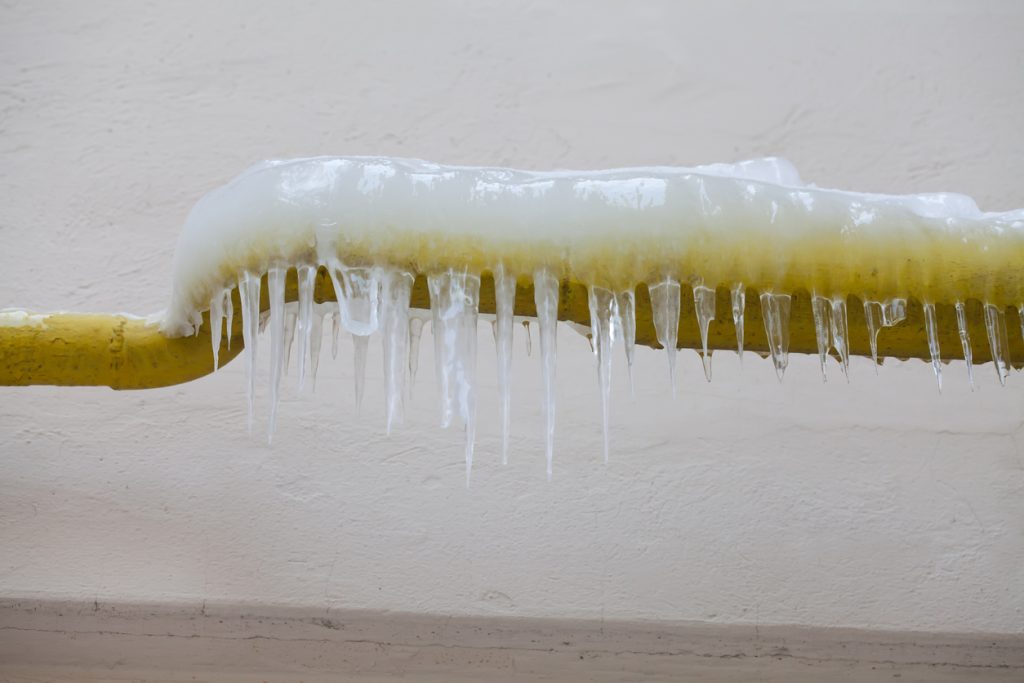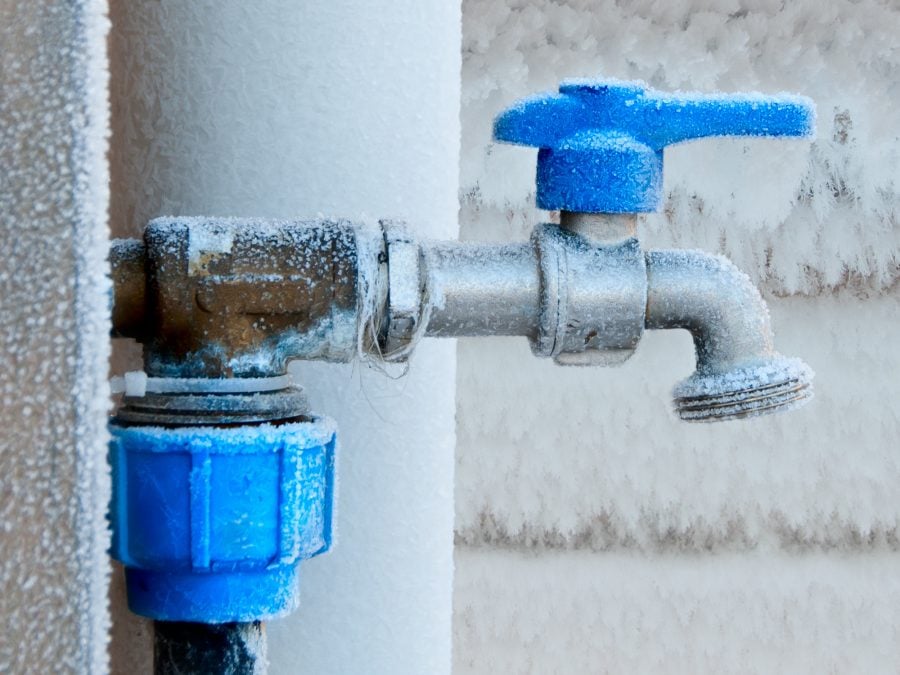Ways to Protect Pipes from Freezing: Professional Guidance
Ways to Protect Pipes from Freezing: Professional Guidance
Blog Article
They are making a number of good pointers on the subject of Preventing and dealing with frozen pipes in general in this post beneath.

Cold weather can ruin your pipes, especially by freezing pipelines. Below's just how to avoid it from occurring and what to do if it does.
Introduction
As temperature levels decrease, the risk of frozen pipes rises, possibly causing pricey repair work and water damage. Understanding how to stop frozen pipelines is essential for house owners in chilly climates.
Prevention Tips
Insulating at risk pipelines
Wrap pipelines in insulation sleeves or use warmth tape to safeguard them from freezing temperatures. Focus on pipelines in unheated or external locations of the home.
Home heating strategies
Maintain interior spaces properly heated up, especially locations with plumbing. Open up cabinet doors to permit cozy air to distribute around pipelines under sinks.
Just how to identify frozen pipelines
Search for reduced water circulation from faucets, uncommon smells or sounds from pipelines, and visible frost on revealed pipelines.
Long-Term Solutions
Architectural modifications
Take into consideration rerouting pipelines far from outside walls or unheated areas. Add additional insulation to attics, basements, and crawl spaces.
Updating insulation
Purchase high-quality insulation for pipelines, attics, and wall surfaces. Proper insulation helps maintain consistent temperatures and minimizes the risk of icy pipelines.
Safeguarding Exterior Pipes
Garden pipes and outdoor faucets
Detach and drain pipes yard hose pipes before winter. Install frost-proof faucets or cover exterior faucets with insulated caps.
Comprehending Frozen Pipes
What causes pipelines to ice up?
Pipelines freeze when exposed to temperatures listed below 32 ° F (0 ° C) for expanded periods. As water inside the pipes ices up, it broadens, taxing the pipeline wall surfaces and potentially causing them to rupture.
Risks and problems
Icy pipelines can bring about water system interruptions, residential or commercial property damage, and expensive fixings. Ruptured pipes can flood homes and create comprehensive architectural damage.
Indicators of Frozen Pipeline
Recognizing icy pipelines early can prevent them from rupturing.
What to Do If Your Pipes Freeze
Immediate activities to take
If you believe icy pipelines, keep faucets open to relieve stress as the ice thaws. Utilize a hairdryer or towels soaked in hot water to thaw pipelines slowly.
Conclusion
Preventing icy pipelines calls for positive measures and quick feedbacks. By understanding the reasons, indicators, and safety nets, home owners can safeguard their plumbing throughout winter.
5 Ways to Prevent Frozen Pipes
Drain Outdoor Faucets and Disconnect Hoses
First, close the shut-off valve that controls the flow of water in the pipe to your outdoor faucet. Then, head outside to disconnect and drain your hose and open the outdoor faucet to allow the water to completely drain out of the line. Turn off the faucet when done. Finally, head back to the shut-off valve and drain the remaining water inside the pipe into a bucket or container. Additionally, if you have a home irrigation system, you should consider hiring an expert to clear the system of water each year.
Insulate Pipes
One of the best and most cost-effective methods for preventing frozen water pipes is to wrap your pipes with insulation. This is especially important for areas in your home that aren’t exposed to heat, such as an attic. We suggest using foam sleeves, which can typically be found at your local hardware store.
Keep Heat Running at 65
Your pipes are located inside your walls, and the temperature there is much colder than the rest of the house. To prevent your pipes from freezing, The Insurance Information Institute suggests that you keep your home heated to at least 65 degrees, even when traveling. You may want to invest in smart devices that can keep an eye on the temperature in your home while you’re away.
Leave Water Dripping
Moving water — even a small trickle — can prevent ice from forming inside your pipes. When freezing temps are imminent, start a drip of water from all faucets that serve exposed pipes. Leaving a few faucets running will also help relieve pressure inside the pipes and help prevent a rupture if the water inside freezes.
Open Cupboard Doors
Warm your kitchen and bathroom pipes by opening cupboards and vanities. You should also leave your interior doors ajar to help warm air circulate evenly throughout your home.

I ran across that article about Prevent Frozen Pipes while doing a lookup on the search engines. Liked our piece? Please share it. Let other people check it out. Many thanks for taking the time to read it.
Call Today Report this page